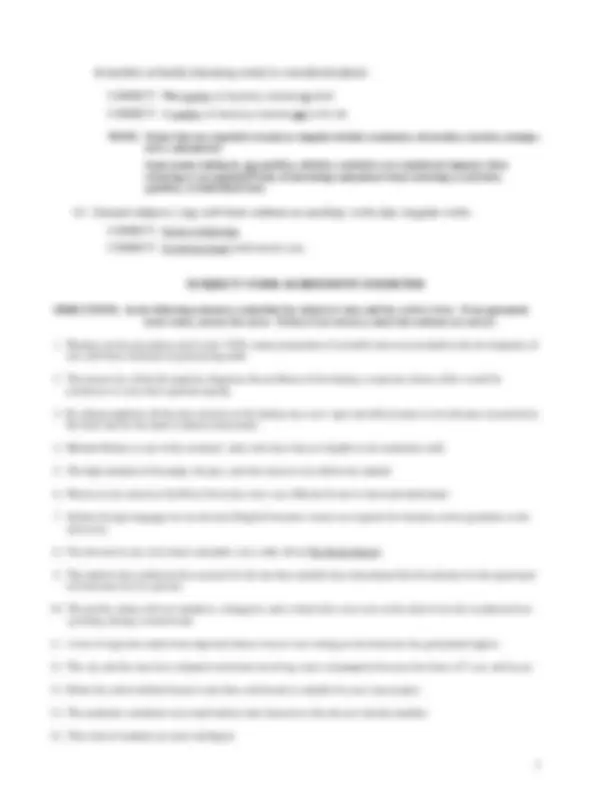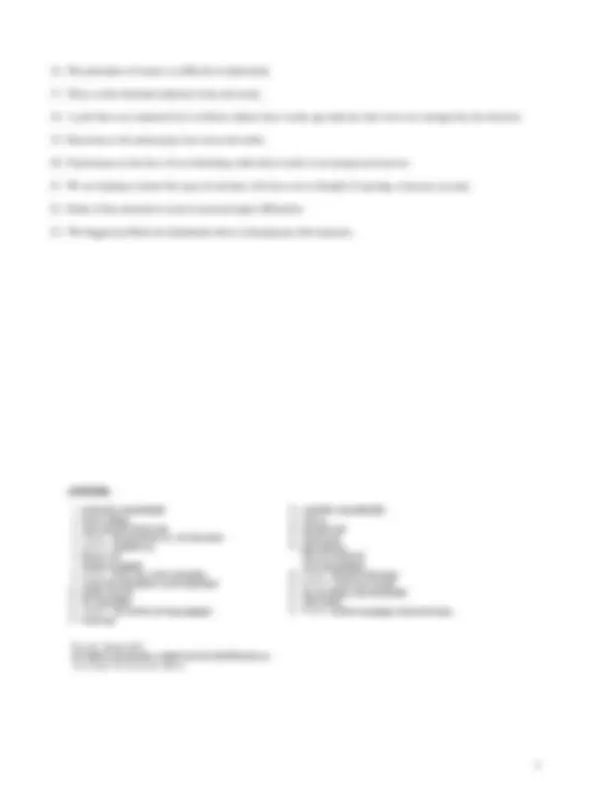




Study with the several resources on Docsity

Earn points by helping other students or get them with a premium plan


Prepare for your exams
Study with the several resources on Docsity

Earn points to download
Earn points by helping other students or get them with a premium plan
Community
Ask the community for help and clear up your study doubts
Discover the best universities in your country according to Docsity users
Free resources
Download our free guides on studying techniques, anxiety management strategies, and thesis advice from Docsity tutors
Agreement is a basic rule of grammar. Subjects and verbs must agree in person and number. The rules below will help you avoid subject-verb agreement errors. 1 ...
Typology: Schemes and Mind Maps
1 / 4

This page cannot be seen from the preview
Don't miss anything!



singular plural 1 st^ person I walk we walk 2 nd^ person you walk you walk 3 rd^ person he/she/it walks they walk I require attention. (1st^ person, singular, no –s is needed.) A dog requires attention. (3rd^ person singular, an –s is needed.) Dogs require attention. (–s indicates a plural subject, but the verb does not need an –s.)
WRONG: The recommendation of two policemen, a judge, and three lawyers were accepted. CORRECT: The recommendation of two policemen, a judge, and three lawyers was accepted.
WRONG: The delinquent, as well as his mom and dad, were in the detention hall. CORRECT: The delinquent, as well as his mom and dad, was in the detention hall.
WRONG: The first [thing] we noticed were the [shoes]. CORRECT: The first [thing] we noticed was the [shoes]. CORRECT: The shoes were the first thing we noticed.
WRONG: Above a cluster of convents rise the Cathedral of St. John. CORRECT: Above a cluster of convents rises the Cathedral of St. John.
WRONG: There is a hundred jokes in this comedy. CORRECT: There are a hundred jokes in this comedy.
WRONG: San Marcos and San Antonio is in Texas. CORRECT: San Marcos and San Antonio are in Texas.
WRONG: John or the girls is bringing the volleyball and net. CORRECT: John or the girls are bringing the volleyball and net.
WRONG: Neither of the flowers smell good. CORRECT: Neither of the flowers smells good.
The indefinite pronouns several , both , and many are plural when used as subjects. WRONG: Several of the team is ready. CORRECT: Several of the team are ready.
Indefinite pronouns such as none and some can be either singular or plural, depending on meaning. CORRECT: Some of the gold was pure. ( Some is used in the singular to indicate one portion of the gold and takes the singular verb.) CORRECT: Some of the students were exhausted after finals. ( Some clearly means more than one of the students, so the plural verb is used.)
ANSWERS:
Revised: Spring 2005 STUDENT LEARNING ASSISTANCE CENTER (SLAC) Texas State University-San Marcos